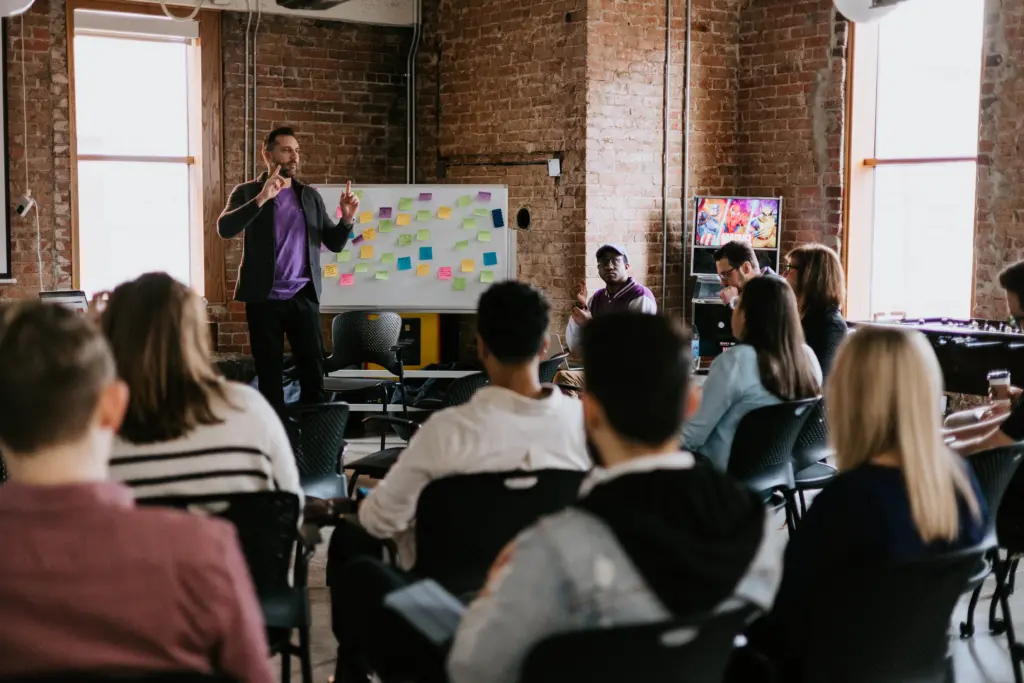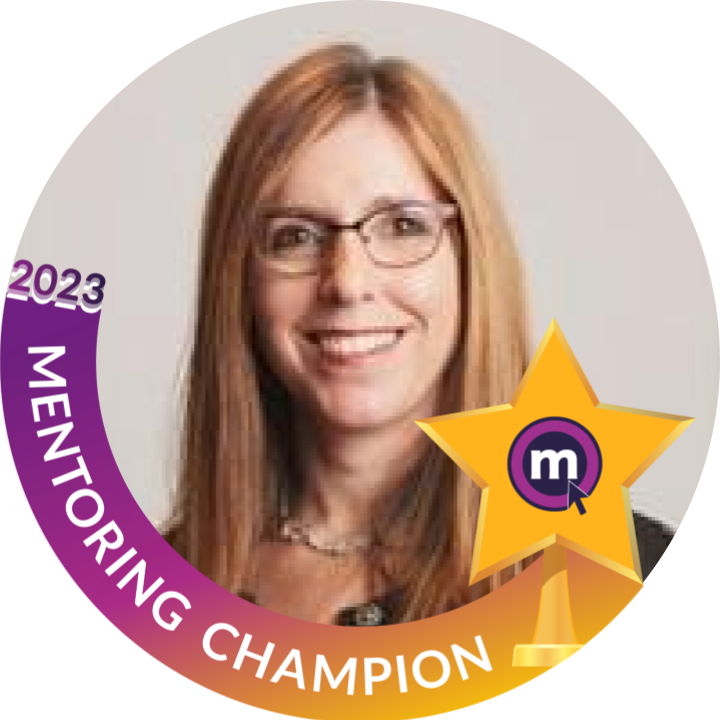As we head into 2024, the employee-employer dynamic continues to shift for many, leaving a continuing sense of uncertainty, stress, and burnout. Some are even claiming that levels of happiness and well-being are dipping below pandemic levels.
While compensation and stability remain core to employee satisfaction, employees are longing for a more human-centric experience where empathy, meaningful connections, and psychological safety are embedded in an organization’s culture. From my experience, mentoring continues to be one of the most effective, efficient, and authentic enablers for such a desired outcome.
What Does Employee Well-Being Look Like?

Employees who experience a positive sense of well-being at work typically report that they feel calm and supported and, at times, can even generate a greater “flow state” from their work. This only becomes possible when leaders and team members invest the time it takes to know one another genuinely.
Naturally, it’s imperative for such relationships to be built within reporting structures, but I believe the “real magic can happen” when enriching relationships expand beyond line of sight. And regardless of level, employees with the greatest sense of well-being tend to be the most engaged and loyal to their respective organizations.
So, what can we do to make the stars align so team members:
- Have a healthy sense of self?
- Feel driven toward achieving their goals and fulfilling the organization’s mission?
- Actively participate in learning and development opportunities?
- Experience enhanced well-being?
We’ve consistently found personal connection, engagement, and mentoring through social learning strategies help us achieve each of these.
Does Mentoring Contribute?
If you’ve read this far, you’re likely a leader who already recognizes the impact you can have on the health and well-being of your employees. It is our vision, transparency, and sense of direction that can be “make or break” when it comes to providing stability for our team members.
The truth of the matter, though, is that none of us have the capacity to be all things to all people. That’s where investing in a culture of mentoring comes in. In doing so, we can create a powerful force that creates a robust mentor pool — one that extends far beyond traditional forms of mentoring that focus on career paths.
With intentionality and some “elbow grease,” we can tap into enriching reciprocal experiences where both mentees and mentors gain a greater sense of purpose and, yes, even well-being!
Mentoring helps look beyond the career ladder
In today’s climate, it really is about superseding the proverbial “career ladder of success.” Instead of mentoring being made available solely for the “HIPO” that was only looking up, we can reach a far greater critical mass who recognize the multi-directionality of that same ladder.

From a DE&I perspective, you may want to encourage your reports (and their reports) to mentor two people, one who is different from them. Doing so ensures a more targeted approach that ensures access to mentoring for everyone.
Further, we can gain insights from each generation, passing down institutional knowledge from those who are more seasoned or gaining insights from early career talent. Ask a Gen Z employee or applicant what they’re seeking, and you’ll likely hear, “I want my work to be meaningful,” “I want someone to give me feedback,” or “I want to feel connected at work.” The good news is that mentoring can be customized to achieve each of the objectives highlighted.
In fact, at Sodexo, we just launched a program called “ALLYance” which is an inter-generational reciprocal mentoring program that focuses on resilience and well-being, with positive reviews from both mentees and mentors.
But Does It Really Work?
My experience has been that it’s relatively easy to win the hearts of leaders who recognize the altruistic and reciprocal nature of mentoring. And, lesson learned, it’s imperative that we remain disciplined when it comes to capturing data if we’re to sustain talent initiatives, including mentoring, especially when times get tough.
At Sodexo, it’s been great partnering with MentorcliQ over the past few years! Their user-friendly mentoring platform is helping us scale — from the “smart match” technology to “QuickcliQs” and other survey tools that help us measure relationship and program satisfaction, focus areas, and time invested in mentoring.
Of course, it’s also important to measure longitudinal outcomes such as promotion and retention rates. But, I believe what is most powerful are the stories that bring mentoring to life… testimonials that are not only about career pathing but truly how both mentees and mentors are improving their well-being as a direct result of their time together. This is where the real success of mentoring resides, through the bonds and positive shifts in workplace dynamics that wouldn’t otherwise be possible.
P.S.: Make Their Day!
If you haven’t done so lately and you feel called, please take a moment to thank a current or past mentee or mentor for enhancing your well-being… or invite someone into a partnership for the year ahead. Best wishes for a joyful and fulfilling 2024!




